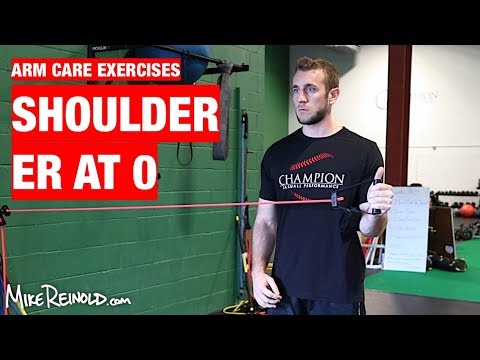No need for a witty introduction here.
The title says it all.

Stuff I Struggle With
1. Writing Periodized Programs for Gen Pop Clients
I know this may ruffle a few feathers out there, but I really struggle with the idea of writing periodized (meaning, several weeks or months in advance) training programs for the general population.
When working with a competitive athlete who has their year broken up between an “off-season” and “in-season” as it relates to their respective sport…
…yes, it makes sense to write a more detailed, thorough, and robust plan to prepare them for those rigors
Being more meticulous with managing stress, ascertaining precise volumes & loads, managing rest periods, and possibly even going so far as to measuring things like bar speed are all appropriate when preparing an athlete for a competitive season.
Tom, who’s 49 and works in Human Resources, has two kids at home, a cranky left shoulder, and is just looking to lose a little fat and maybe match his squatting numbers from college isn’t Bo Jackson.
He doesn’t need to prepare for Sunday or hit a 400 ft home runs.1
This is NOT to insinuate I don’t feel general pop clients don’t require planning or structure within their programming. I just don’t feel having them follow a Block Periodized program so that their bench press peaks to coincide with their kids clarinet recital in the Spring is really the panacea for progress.
What’s more, “life” just has a knack for getting in the way:
- Kids get sick
- Work piles up
- Vacations get planned
- Fucking global pandemics happen
Certainly, I’m not suggesting to take a haphazard (or “winging it”) approach, but writing training programs several weeks – or more aggressively: months – in advance, while well-intentioned, is rarely going to “stick” with most gen pop clients.
The more cogent approach will almost always be to write 2-4 week micro-cycle programs, but under the assumption that on any given day “Tom” is going to show up for a session and need some tweaking done.
2. Speaking of Athletes Though
My friend Mike Perry, owner of Skill of Strength here in Massachusetts, posted this hilarious (albeit 100% appropriate) meme on his feed today:

I see this happen often: Someone will go on and wax poetic about how “so and so” does “such and such” in the weight room so why can’t I?
To steal a few examples from Mike:
1️⃣ A loaded valgus knee is not dangerous, just look at Chinese weightlifters!
2️⃣ GSP does a ton of gymnastics, that’s what I should be doing!!
3️⃣ Tom Brady only uses bands and look at his success.
4️⃣ Lebron has amazing balance from standing and kneeling on stability balls
There’s one thing that all high-level athletes have that you don’t.
And it’s untrainable.
Natural selection.
Nature picked for them their parents and not yours.
They have superior genetics and would be elite at their sport despite some of the questionable things they do in the weight room.
One athlete may post something on social media where they’re performing some circus-trick exercise and another may post something about how they avoid foods that are colored red.
Don’t do it.
Stop it.
STOP.
You’re not them.
So I guess what I’m struggling with here is resisting the urge to jump into a shark’s mouth every time I see someone – whether a coach or just some rando – attempting to make this borderline moronic argument.2
3. Spelling Calander Calendar Correctly the First Time
Dammit!
Every…single…time.
4. Convincing Fit Pros That Rotator Cuff Training Is So Much More Than Band Exercises
I know some will see this and read the following:
“Tony Gentilcore hates band work for rotator cuff exercises. He also hates bacon, oxygen, and kitty cuddles.”
To set the record straight: I have nothing against band work for the rotator cuff.

They’re splendid (when performed correctly, of course).
In terms of EMG activation, band work (as well as Side Lying External Rotations) have been shown to be top dog.
That said, there’s so much more to rotator cuff training and shoulder health in general than just standing (or lying) in-place performing endless repetitions of external rotations.
The shoulder is a dynamic joint and if we wanted to be nit-picky it’s main job is to maintain joint centration where the humeral head stays “centered” within the glenoid fossa.
I’ve long championed the efficacy of implementing rhythmic stabilizations as part of a rotator cuff training strategy.
Note to Self: This video is a decade old for crying out loud; update it.
However, taking things to the next level, my friends at Back Bay Health – Laura & Tim Latham – posted this fantastic idea on their IG today:
View this post on Instagram
OMG – so good and I’m stealing right away.
Although, to spice it up I’d recommend lighting the stick on fire or something.
Seems reasonable.
- Although, ironically, Bo famously noted he never liked lifted weights throughout his career so maybe he’s a bad example. Fuck it, whatever. You follow my point.
- Actually, there’s nothing borderline about it. This ranks right up there with Carrie breaking up with Aidan on Sex in the City. He loved you Carrie. He could have made you happy. WHY CARRIE, WHY???????????


